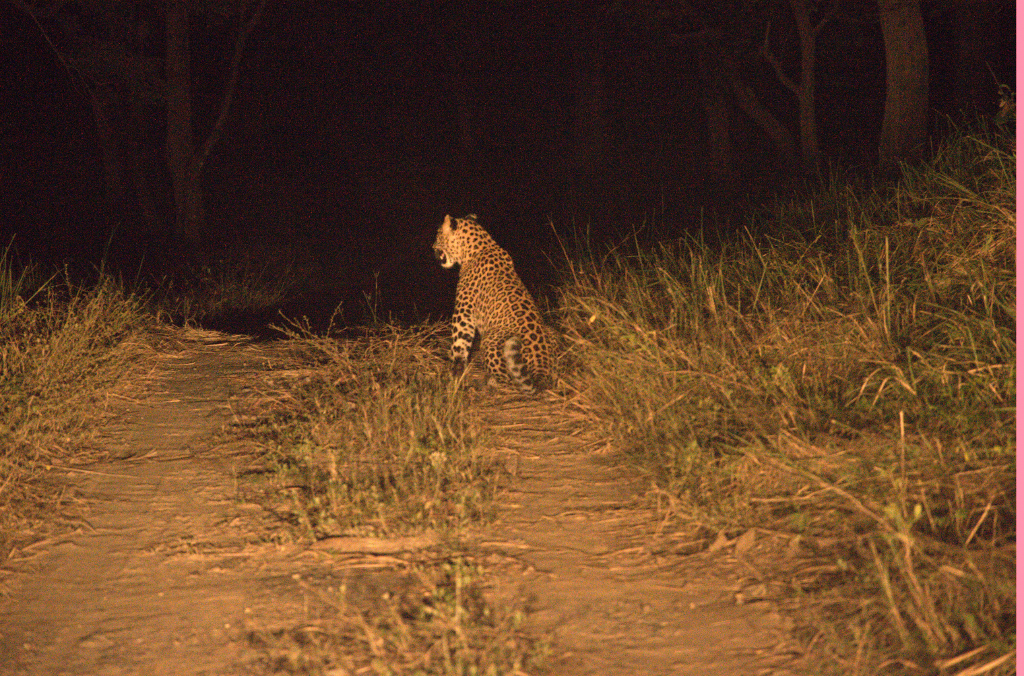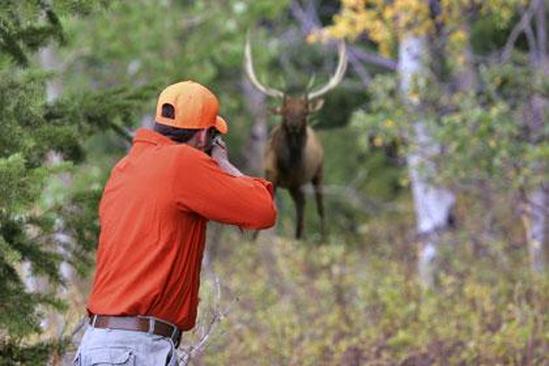by Jennie Miller
It is my great pleasure to launch BWII’s new blog, Nature Kaleidoscope. This blog serves as a voice for the students, researchers and alumni of the Wildlife Institute of India. As avid scholars of the environment, our authors will write on issues relating to the scientific study, preservation and conservation of nature, with a special emphasis on wildlife.
As a supplement to the scholarly articles of BWII (coming soon), Nature Kaleidoscope presents popular articles that explore news, opinions and experiences from the perspective of wildlife science scholars. We aim for Nature Kaleidoscope to serve as a news source where wildlife enthusiasts and scientific scholars can access regular updates on environmental and wildlife issues. We plan to publish weekly or biweekly, depending on submissions, so check back often or join our RSS for new posts.
If you are interested in writing, either as a one-time guest writer or a regular staff writer, email our blog manager, Sitendu Goswami. We welcome articles from WII students and alumni on topics that relate to wildlife and the environment (go through the blog guidelines).
As BWII’s founder, I am very proud to see our efforts materialize into Nature Kaleidoscope. The blog builds on BWII’s mission to provide training, experience and opportunity for WII scholars to strengthen their scientific writing and editing skills. Yet while strong scholarly writing skills are critical for communicating the complex ideas of science, popular writing skills are equally as crucial to share our ideas with the public and scholars of other disciplines. To grow into effective scientists who can flexibly dance between the scientific and public realms, we must hone our ability to write for both scientific journals and popular media. In other words, we must write for both our professors and our grandmothers.
The creation of BWII has been an innovative and exciting effort involving many people. I wish to thank Dr. VB Mathur, Dr. Carlos Driscoll and Dr. Karthik Vasudevan for helping to ground BWII’s roots. I also express my deep gratitude to our Executive Editors, Kausik Banerjee and Abesh Sanyal, and our first team of Editors for shaping BWII with their creativity and motivation. In particular, thank you to our blog manager, Sitendu Goswami, who continues to serve as a superb leader in designing and managing Nature Kaleidoscope. And most importantly, thanks to you and the WII community for supporting and contributing to our efforts.
As a supplement to the scholarly articles of BWII (coming soon), Nature Kaleidoscope presents popular articles that explore news, opinions and experiences from the perspective of wildlife science scholars. We aim for Nature Kaleidoscope to serve as a news source where wildlife enthusiasts and scientific scholars can access regular updates on environmental and wildlife issues. We plan to publish weekly or biweekly, depending on submissions, so check back often or join our RSS for new posts.
If you are interested in writing, either as a one-time guest writer or a regular staff writer, email our blog manager, Sitendu Goswami. We welcome articles from WII students and alumni on topics that relate to wildlife and the environment (go through the blog guidelines).
As BWII’s founder, I am very proud to see our efforts materialize into Nature Kaleidoscope. The blog builds on BWII’s mission to provide training, experience and opportunity for WII scholars to strengthen their scientific writing and editing skills. Yet while strong scholarly writing skills are critical for communicating the complex ideas of science, popular writing skills are equally as crucial to share our ideas with the public and scholars of other disciplines. To grow into effective scientists who can flexibly dance between the scientific and public realms, we must hone our ability to write for both scientific journals and popular media. In other words, we must write for both our professors and our grandmothers.
The creation of BWII has been an innovative and exciting effort involving many people. I wish to thank Dr. VB Mathur, Dr. Carlos Driscoll and Dr. Karthik Vasudevan for helping to ground BWII’s roots. I also express my deep gratitude to our Executive Editors, Kausik Banerjee and Abesh Sanyal, and our first team of Editors for shaping BWII with their creativity and motivation. In particular, thank you to our blog manager, Sitendu Goswami, who continues to serve as a superb leader in designing and managing Nature Kaleidoscope. And most importantly, thanks to you and the WII community for supporting and contributing to our efforts.
| Jennie Miller is a doctoral candidate at the Yale School of Forestry & Environmental Studies in New Haven, CT USA. She has worked as a Research Affiliate at the Wildlife Institute of India since 2008 on a variety of conservation-related issues, from pheasant protection in the Western Himalayas to human-wildlife conflict with large carnivores in central India. Jennie is particularly interested in strengthening scientific communication with stakeholders, decision-makers and the public through social media and other engaging tools. |



 RSS Feed
RSS Feed